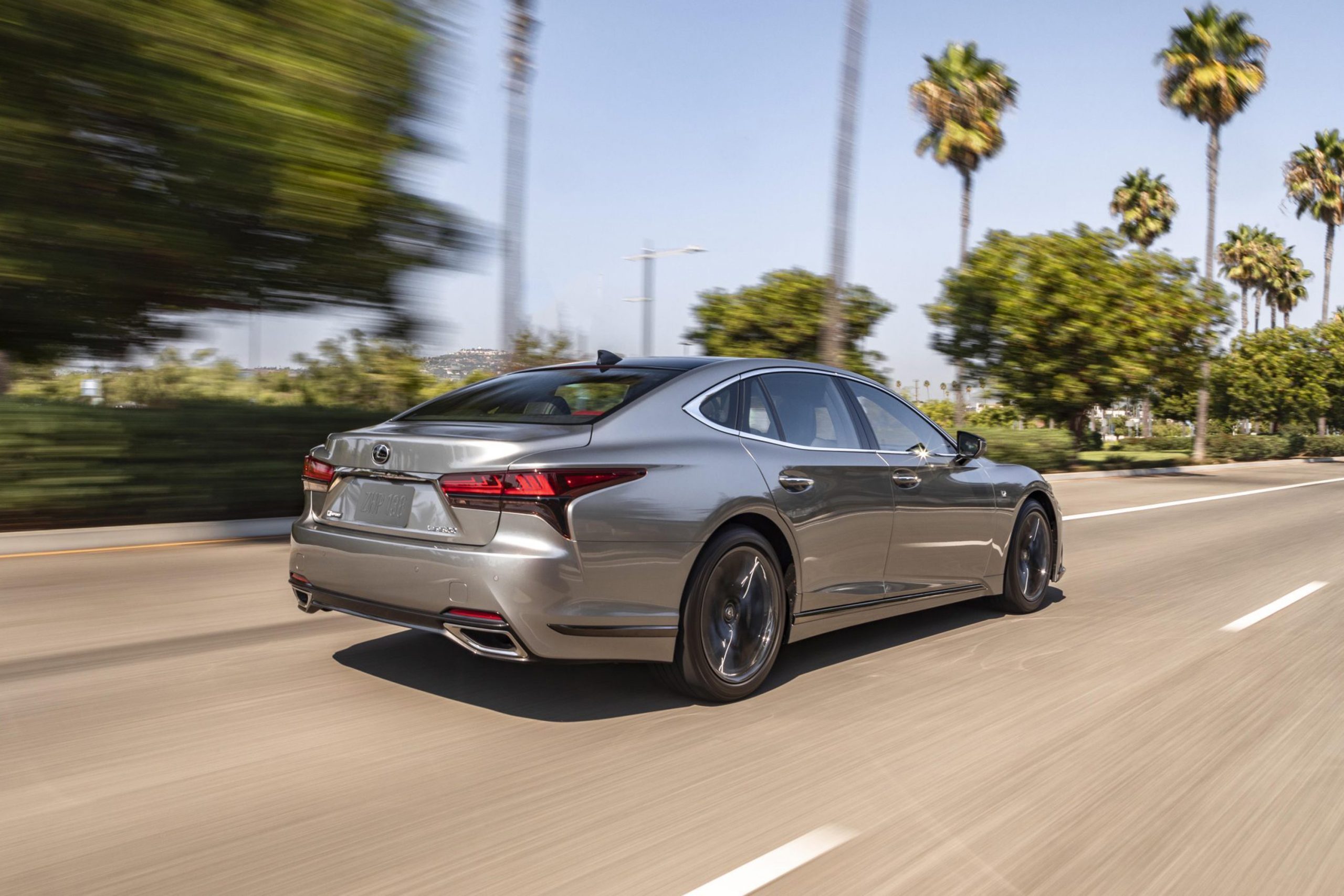Automated steering, braking and accelerating, whether in or out of traffic is no safer than having a human driver make those same moves, an Insurance Institute for Highway Safety (IIHS) confirmed in a study, published in July. Using crash records and insurance data the IIHS found that that partial automation, including features like adaptive cruise control and lane centering, show little additional benefit over simpler features like automatic emergency braking.
The Highway Loss Data Institute (HLDI) did a study in 2021 of BMW and Nissan vehicles that have been on the road for several years, finding that features that warn or intervene in an emergency reduce the frequency of insurance claims, and the reductions increase incrementally as one feature is stacked on another.
The difference between those and partial automation features, is that the adaptive cruise, lane centering, etc., usually need to be switched on to work and most drivers only do so occasionally.
A new study by the IIHS confirmed the early one, showing that “partial automation in these vehicles doesn’t confer additional safety benefits beyond those of crash avoidance features like front automatic emergency braking (AEB).”
In the previous study, HLDI found that property damage liability claims were 8 percent lower for Nissan Rogues equipped with forward collision warning and AEB. But there was no benefit added with adaptive cruise control or Nissan’s ProPilot Assist partial automation system. BMW and Mini told the same story. Forward collision warning and automatic emergency braking lowered both collisions and property damage, but BMW’s Driving Assistant Plus partial automation system didn’t impact the numbers further.
Lexus
“With more and more automakers rolling out comprehensive suites of ADAS tech, it’s imperative for a consumer to understand how the assist feature works, when it does and doesn’t, as well as the limitations of it (like in adverse weather, for example),” Robby DeGraff, manager, product and consumer insights at AutoPacific told Newsweek.
“That responsibility equally falls on dealerships at time of sale to explain to the new (or used) vehicle buyer, as well as automakers to ensure that the terminology and marketing used to depict said safety assist feature makes crystal clear sense. Misunderstanding and overeliance on these systems can be deadly,” he said.
HLDI’s data doesn’t show if the system was switched on or the type or road where the insurance claim occurred. To adjust for that, the IIHS restricted its new study to the front-to-rear and lane departure crashes that partial automation could potentially prevent. It came to the same conclusion about crash avoidance features.
However, IIHS did see an initial benefit from partial automation features, before it dug deeper into the data. It found that “benefits from ProPilot Assist were the same on high-speed roads where IIHS research shows partial automation is most likely to be switched on and low-speed roads where the added convenience it provides is minimal at best.”
IIHS says that suggests that other characteristics of the equipped vehicles or their drivers were responsible for the reduction, including non-acceptable-rated headlights, which increase single-vehicle nighttime crashes by 15 percent over acceptable-rated headlights. For BMW, IIHS found that neither lane departure prevention alone nor in tandem with partial automation had a significant effect on crash rates.
“AutoPacific gauges consumer demand for various hands-on and hands-off autonomous driving systems currently available today and potentially on the horizon. Interest certainly varies, for example, our last FADS Study (Future Attribute Demand Study) revealed 23 percent of all new surveyed vehicle buyers want a hands-off, semi-autonomous system for highway use only, like GM’s Super Cruise or Ford Blue Cruise. That demand rose by 4 percent year over year, whereas demand a similar type of system that can be used both off and on a highway, like Tesla‘s still-in-testing Full Self Driving, saw the biggest jump in demand (+6 percent). Regardless of the varying level of autonomy, younger consumers, males, and EV intenders desire it the most,” said DeGraff.
Previously the IIHS evaluated partial automation systems from BMW, Ford, General Motors, Genesis, Lexus, Mercedes-Benz, Nissan, Tesla and Volvo. According to IIHS President David Harkey, ‘most of them don’t include adequate measures to prevent misuse and keep drivers from losing focus on what’s happening on the road.”
IIHS said that the Teammate system available on the Lexus LS is the only system tested that earns an acceptable rating. The GMC Sierra and Nissan Ariya’s best systems earn marginal ratings. The Ford partial systems on the Mustang Mach-E, Genesis G90, Mercedes-Benz C-Class sedan, Tesla Model 3 and Volvo S90 also earn poor ratings.
Uncommon Knowledge
Newsweek is committed to challenging conventional wisdom and finding connections in the search for common ground.
Newsweek is committed to challenging conventional wisdom and finding connections in the search for common ground.
